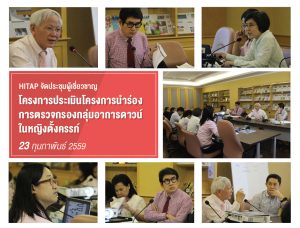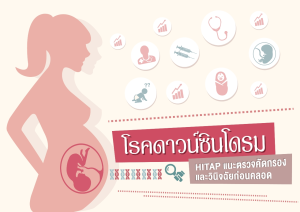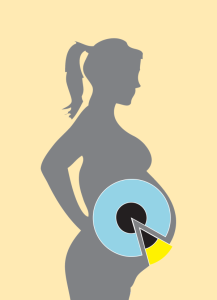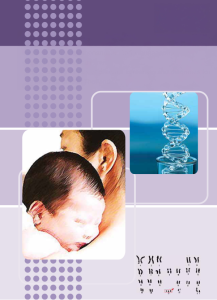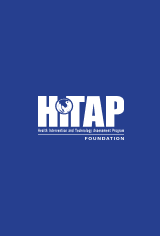24 กันยายน 2568
ต้นทุนผลได้ของการตรวจกรองและวินิจฉัยก่อนคลอดของกลุ่มอาการดาวน์ในประเทศไทย
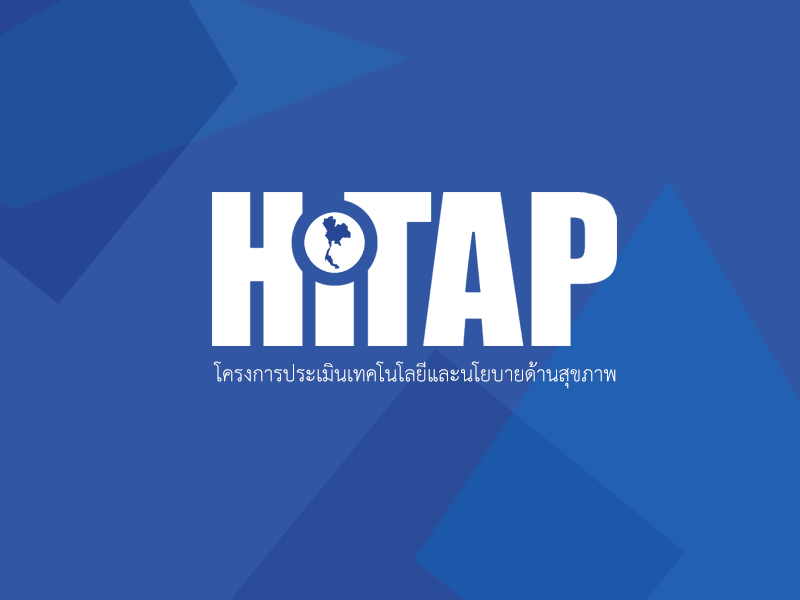
24 กันยายน 2568
ต้นทุนผลได้ของการตรวจกรองและวินิจฉัยก่อนคลอดของกลุ่มอาการดาวน์ในประเทศไทย
เกี่ยวกับโครงการ
เนื้อหา
ผู้ป่วยที่มีความผิดปกติด้วยกลุ่มอาการดาวน์จะมีพัฒนาการที่ล่าช้าและมีความผิดปกติในระบบต่างๆ ของร่างกาย ส่วนใหญ่จะไม่สามารถดูแลตัวเองได้ ทำให้ต้องได้รับการดูแลรักษาในระยะยาว มีค่าใช้จ่ายในการรักษาพยาบาลสูง ปัจจุบันยังไม่มีวิธีรักษากลุ่มอาการดาวน์ การตรวจกรองและวินิจฉัยทารกก่อนคลอดเพื่อสืบหาความผิดปกติของกลุ่มอาการดาวน์สามารถช่วยการตัดสินใจของแพทย์และมารดาในการยุติการตั้งครรภ์ ซึ่งสามารถทำาได้ทั้งในไตรมาสแรกและไตรมาสที่สองของการตั้งครรภ์ อย่างไรก็ตาม การตรวจกรองและวินิจฉัยก่อนคลอดมีหลายวิธี แต่ละวิธีมีความไว ความเฉพาะเจาะจง ค่าใช้จ่าย และความเสี่ยงแตกต่างกันไป การศึกษานี้มีวัตถุประสงค์เพื่อเปรียบเทียบความคุ้มค่าของวิธีการตรวจกรองและวินิจฉัยก่อนคลอดของกลุ่มอาการดาวน์ในหญิงตั้งครรภ์โดยใช้วิธีการประเมินทางเศรษฐศาสตร์.
ประเภทงานวิจัย
อื่น ๆ
แหล่งทุน
สำนักงานกองทุนสนับสนุนการสร้างเสริมสุขภาพ (สสส.)
กองยุทธศาสตร์และแผนงาน สำนักงานปลัดกระทรวงสาธารณสุข กระทรวงสาธารณสุข
Keyword / คำค้นหา / TAG
คณะผู้วิจัย
นักวิจัยหลัก
นักวิจัยร่วม
หน่วยงานที่เกี่ยวข้อง/
หน่วยงานสนับสนุน

สำนักงานกองทุนสนับสนุนการสร้างเสริมสุขภาพ (สสส.)

กองยุทธศาสตร์และแผนงาน สำนักงานปลัดกระทรวงสาธารณสุข กระทรวงสาธารณสุข
เอกสารเพิ่มเติม/ดาวน์โหลด
Policy Brief
(1 ไฟล์)
รายงานวิจัย
(1 ไฟล์)
ผลงานตีพิมพ์ในวารสารวิชาการในประเทศ
(1 ไฟล์)




